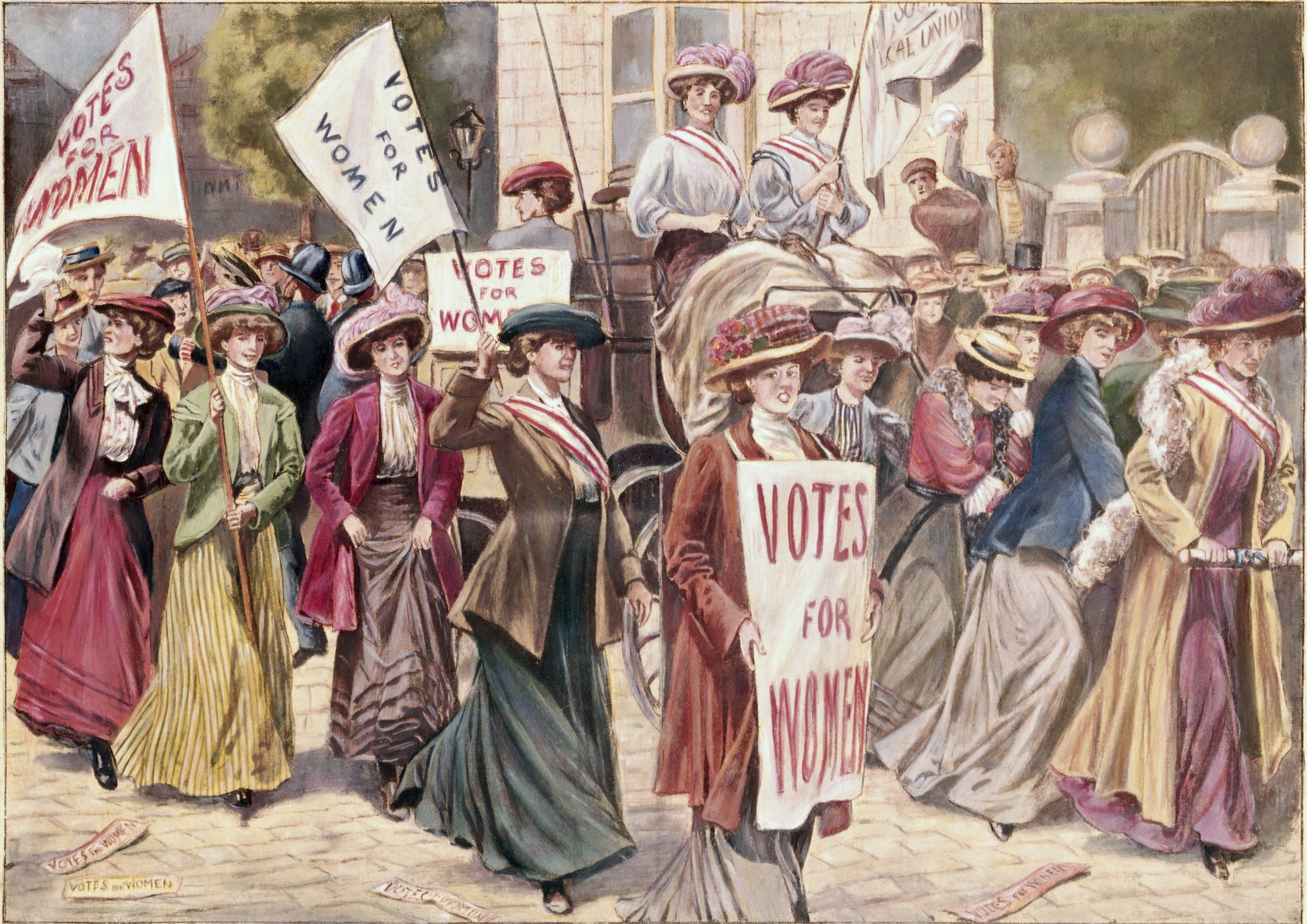
The exposure of pay gaps and sexual harassment in the hospitality sector has put a focus on an issue that has arguably always been a challenge for the industry.
Just this week the Women’s Foodservice Forum (WFF) annual conference in the US, noted that a study of the food industry by LeanIn.org and McKinsey & Company found women are under represented on all levels in foodservice. White women account for 19% of C-suite leaders, women of colour 3% and men of colour 7%.
The WFF also announced its new Lead the Way initiative with a goal of gender equality in the food industry by 2025, adding that the McKinsey report had also found that $12trn could be added to the annual global GDP by 2025 if the gender gap is narrowed.
In the UK, the British Hospitality Association (BHA) has found that there are 24,000 fewer women in management positions in the hospitality sector than there were in 2010 and women working in the hospitality and catering sector in 2015 were on average paid 18% less than their male co-workers.
The backbone of the industry
At the Hotelympia trade show in London this week, 8 March has been dedicated to women in the industry and will see high-profile women give keynote presentations. Alessandra Alonso, consultant and founder of Women in Travel CIC, has curated the programme. “As somebody who has supported and advocated for women in the sector for almost 20 years, I believe that women are the backbone of the industry but not enough is being done to celebrate, and indeed foster their contribution to and engagement with the sector,” she says.
Elsewhere, in Spain there has been real change over the past 10 years, according to Patricia Mateo, the managing director of Mateo & Co, a marketing agency that works with many of the country’s finest chefs and restaurants. The changes, she says, make the industry more accessible. “Before there were no structures, no HR directors,” she says. “But this professionalisation brings improved wellbeing for the employees, better schedules and rotas.” She points to Azurmendi, the three Michelin-starred restaurant in Bilbao as an example. “It closes on some week nights so that everybody can achieve a work-life balance and team members get some weekends off too. Ten years ago that would have been impossible – the kitchen then was almost synonymous with slavery.”
The Mexican chef Martha Ortiz champions genuine equality in her own restaurants with an even split of male and female staff and would like to see this spreading. “In Mexico and Latin America women chefs are starting to receive attention but from my point of view it is not enough. We need the gastronomic world 50 – 50 to be fair,” she says.
Need for diversity
The current recruitment challenges in the sector should add extra incentive for recruiters to bring in a wider cross-section of the talent pool, acknowledging the different needs of different team members. Attracting women to the sector in the first place is not the problem, it is making sure they stay once they join the profession.
This point was emphasised when London Restaurant Network hosted a panel session for women in hospitality. Tracey Matthews, the managing director of Gaucho restaurants, said her team has worked hard to encourage women to return – on terms that work for them – after having a family. “Getting people back after having children is not changing fast enough. Women feel a responsibility to be able to do it all; hold up a full-time job, be a perfect parent and stay at home baking and cooking,” she said.
“We tell them that it is not possible. That it is OK to ask for flexible working rather than leaving. It is OK to take time to be there for sports day. We encourage that.”
Achieving balance
It must be said that while shining a light on all there is left to do to attract more women to the foodservice industry and keep them on a career path to the top level, the discussions surrounding International Women’s Day will no doubt also reveal that more organisations are working to achieve gender balance.
There are signs across the sector that things are improving. Take Sodexo, the quality of life services provider that was earlier this year added to Bloomberg’s sector-neutral gender equality index, which measures gender equality across factors such as employee policies and external community support. In 2017, Sodexo made a commitment to have 40% of senior leadership made up of women by 2025. The company has 32% of women in leadership positions currently.
Tina Nielsen




